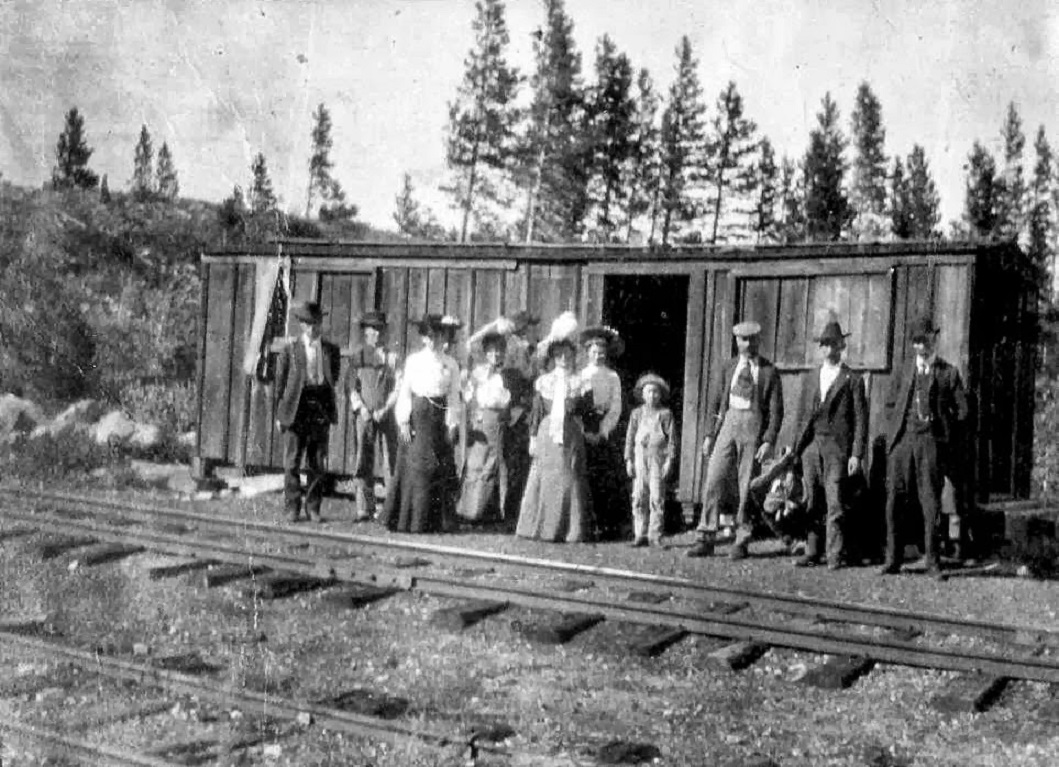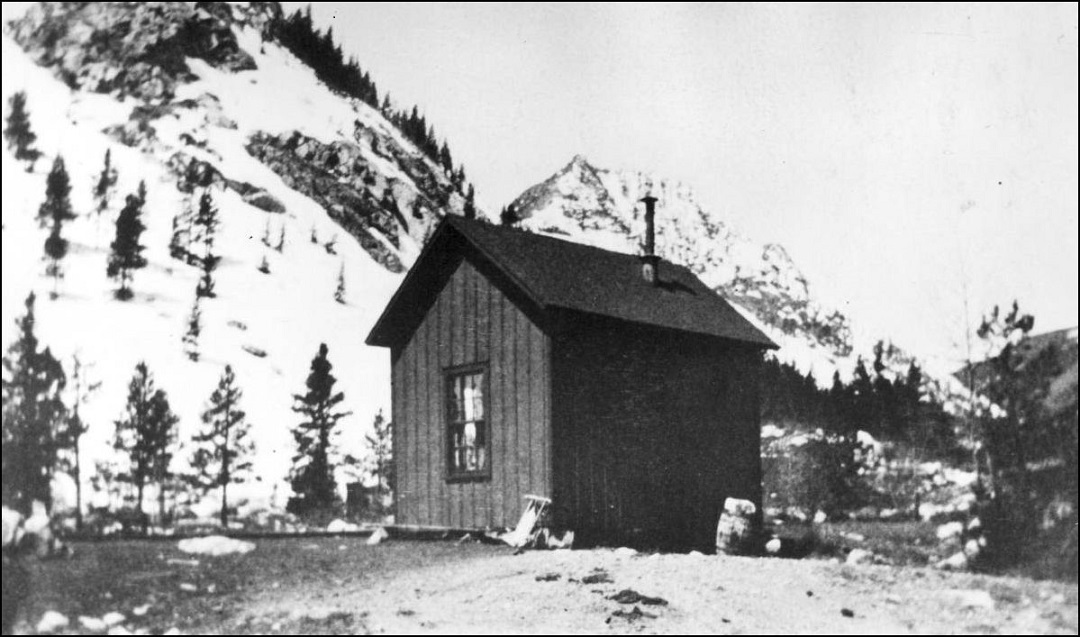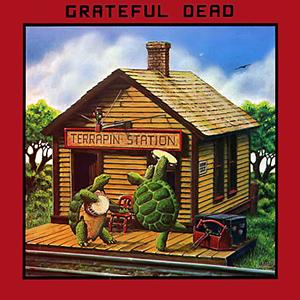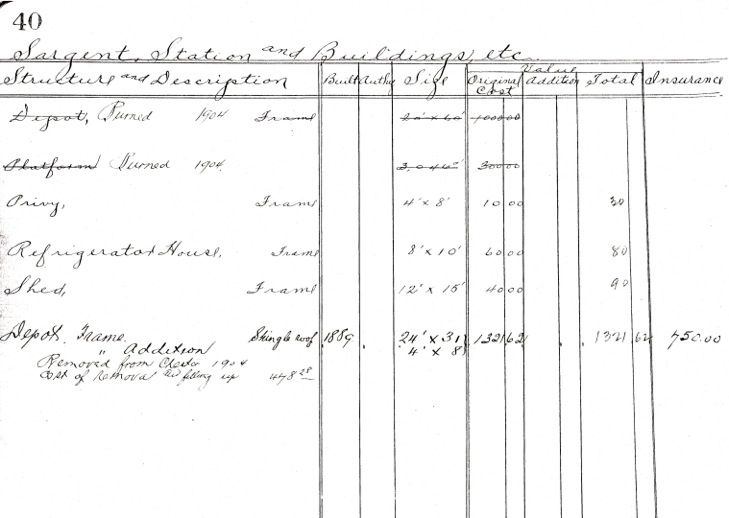What warrants a depot
123

123
|
In Platte Canon there were numerous small depots; how much traffic warrants a depot and what determines it size. The C&S built numerous small depots. I take it that the proximity to Denver had a lot to due with the number of small depots on the C&S.
|
|
It was often the desire to promote rail traffic that gave the railroad reason
to build a spur, siding, depot, etc. If the location looked like a good spot for lumbering, farming, tourism, whatever, they might well decide to set the ball in motion with some sort of facility. Some times the facility followed the traffic, the railroad building appropriate facilities to suit an existing traffic producer. It was all about traffic and revenue.
"Duty above all else except Honor"
|
|
Administrator
|
In reply to this post by John McCutcheon
Oddly, the story of the Dickey/Dillon/Frisco area is interesting, in that Dickey was where the Keystone Subdivision became what was originally thought to be the Mainline to Leadville when South Park Engineers decided after completing the line to Dillon, to run the mainline instead off the end of the Dickey wye, and bypassed the town of Frisco completely, running along the South edge of town through the woods. The C&S Depot at Frisco was a boxcar set on the ground to the West of town. It was there that passengers boarded and disembarked at Frisco. Dickey had a depot, although Darel says it was reduced in size after the South (East, by Railroad definition) end was demolished by a string of runaway cars. Dillon had a nice Depot, but Frisco had a boxcar, and the Dickey Depot was closed after 1929. The Frisco Boxcar was probably also closed, as by then travel from Frisco to Dillon was less complicated in the age of automobiles. Despite the fact that John Elway could probably have thrown a football from Frisco to Dillon. Had he been around, of course.
Anyway, three depots in an amazingly small area. And the one at Dillon, not even on the mainline, was the only one used at the time of abandonment. |
|
Actually, Mike, the first Frisco "boxcar" depot was replaced by a very small frame structure by the first decade. The little frame depot was never much more that a wait shelter with a stove, Frisco merely a flag stop at the mouth of Ten Mile canon:
    Like many of the C&S depots, it was variously painted UP barn red, C&S grey and green and finally CB&Q red with green trim.
Jim Courtney
Poulsbo, WA |
|
In reply to this post by Mike Trent
Mike, you seem to know a bit about Dickey ....
Who was the actual builder of the depot ? Wasn't it the UP at that point ? If so, why was it so eleborately detailed in Victorian "fun stuff" ? Was this design used elsewhere ? Was it a standard design ?
"Duty above all else except Honor"
|
Re:What? "The Compass always points to Terrapin"
|
Administrator
|
This post was updated on .
In reply to this post by Jim Courtney
Ah, yes. Thanks, Jim. Another "Terrapin Station". Check that one out. (well, close enough...) Thanks for the additional information.
Yes, SP, all UP design, built, and funded. No idea on the Alpine decorations. Other than that they are Alpine. Or Alpiney. Terrapin Station. I can't help myself. And, an excellent tune as well. By the way, a great deal (yes, a great deal) of my modeling work from daze gone by was spent with this and similar music, yes, in Boulder. And now it rings once again in today's Dickey. May it so inspire you: https://www.youtube.com/watch?v=3I7CLy70WtI Terrapin Station. ("I can't figure out ~ if it's the end or beginning?") A voice from deep fog in my brain says this was actually influenced by Mt Princeton. Dang sure close enough: 
|
|
This post was updated on .
In reply to this post by John McCutcheon
I am guessing here, but depots were a combination of need, demand and sometimes speculation. Leadville complained for years until UP built the brick depot. I bet the South Park built the Ft. Logan-type depots hoping that the line would generate real estate sales and eventually revenue rather than the sleepy ranch traffic the Morrison line saw. Platte Canon has a fair amount of seasonal traffic requiring the many passenger shelters and depots. We also forget about the agency business which required Agents who worked for the railroad and Express company moving freight and goods. This would have included ice, stone and mine props in the Canon. And there is the operational consideration: where do you need a body to monitor and assist with train movements?
Mike and Jim and Espee can now continue the conversation about the Dillon-Dickey-Frisco triumvirate of stations, listening to the Greatful Dead and other rites of passage.
Keith Hayes
Leadville in Sn3 |
|
Administrator
|
This post was updated on .
Well said, Keith. But you must admit, I wasn't completely off track....
In fact, you raise an interesting point. In the earliest days of railroading, to help offset the cost of construction, Congress allowed the railroads to claim property adjacent to where they built stations. As the construction crews neared established towns and villages, the railroad would either bypass or stop short of those towns and villages to build stations, facilities and plant the flag. Antonito and Durango are among untold numbers of towns and cities established exactly like that. Maybe Dickey was established in that way, proof that things didn't always turn out according to plan. Still on the rails. Keep on rockin'. |
|
In reply to this post by South Park
While Weston existed it had a depot. It makes me wonder what happened to it after Weston was no longer end of track
|
|
While only tangentially related, here’s a page from the D&RGW 3rd Division Ledger which shows that the Chester depot was moved to Sargent after the Sargent depot burned in 1904. The cost to move it was a substantial portion of the original build cost:
 |
|
In reply to this post by Robert McFarland
I do not remember coming across a description of the Depot in Weston, was it a station?, I assume there was a structure when they new it would be needed for the winter. The whole place only lasted a few months. Seemed to be a mainly tented town. Now quite how they survived the winter is another issue.
|
|
I read that the Weston depot was sold the D&RG and shipped to Denver, where it was
resold to the DSP&P and moved to Como. Or something like that. 
"Duty above all else except Honor"
|
|
Well if there was a wooden building Depot and as I think both Webster and Como were similar maybe built by the same team, would be logical for it to look like Como.
|
|
In reply to this post by John McCutcheon
I think a lot of it depends on the railroad's life and economics. Early times are flush with promise and sometimes the smallest promise got something built. As reality hit or times turned sour, this would cease to occur.
Digging into the Greeley, Salt Lake & Pacific one thing stands out: the lack of depots even in the busy spots. During construction, a real station was built in Boulder (in 1890 being downgraded to the freight depot) and a lovely one was built at the end of the line in Sunset (MP 13). The Boulder station made sense but I think Sunset was pretty extravagant given the location and business around it. It reflected hope more than reality. In between these two locations up to five named locations were on timetables between 1883 and 1894 that all held a lot of promise and even generated income yet none got a station. At Orodell (MP 3) a sterile section house-like building sat next to the passing track; Crisman (MP 6) was served by using the grocery store adjacent to the tracks with a sign tacked on for good measure and a platform and water tank being installed from the start; Salina/Gold Hill (MP 8) got a CC boxcar set up next to the main as traffic increased and later a platform was built; Sugar Loaf/Wall Street (MP 10) may have had a platform once traffic built up around 1883-84 but I've not yet found a reference; Copper Rock (MP 12.5) begged for a station during the 1891/92 boom and got a platform after lots of noise. The line's infrastructure spending went to rebuilding bridges, digging out from slides and building a spur or two to promising mines--any income from boom traffic that occurred went into someone's pocket first. Even when the Sunset station burned in 1893, it was replaced with boxcars. The line was too poor for anything beyond that.
Dave Eggleston
Seattle, WA |
|
Station and Depot I thought were the same but have been advised a station was a known spot on the Timetable, may or may not have a building associated with it.
|
|
That is correct.
Depot = physical structure Station = a designation. It *could* be a depot structure, but could be as little as a timetable designation, with no physical infrastructure at all, or something in between.
"Duty above all else except Honor"
|
|
In reply to this post by ComoDepot
The Flume article used both station and depot.In describing Weston businesses there were at least two that meantioned the depot.
|
|
I got interested in this when I realised that Lechner was mentioned as a Station in June of 1879 and the Depot was not mentioned to July.
Having read the terms as synonymous then found out they were not and then wondered if the Reporter knew the difference and then started having a headache. My suspicion is that a Reporter of the time would think Depot is a building or at least a tent rather than a spot where you got on or off the Train but not sure there is anyway of knowing. They must have had some form of shelter? What was it. Then I wondered if the Railroad would spend resources in building a proper structure at Weston, would they think it was a long term location, but then they did many things that seem to make no sense now so that could not be a decider anyway. They did have a Station and later a Depot at Kenosha, not sure they ever had an earlier Depot? |
|
I think that the journalists and laymen of the time had the same issue we do: many of us aren't railroaders and mix up the terms. It was not uncommon to use "station" for the physical depot building in period papers, a mistake that I've clearly picked up and need to correct.
One of the discussion groups I follow is having a very long conversation on what is a spur versus a siding...and the railroad sources vary by line. So that leads me to think that the best thing to verify any term is to look at the railroad in question, for the period in question, and see if there are any sources that definitively answer the question. If not, look to earlier and later practice for ideas.
Dave Eggleston
Seattle, WA |
|
I had never heard of a Passenger Station and Depot being different, everywhere I had been to Station was the term, so who knows where the Reporter came from.
|
«
Return to C&Sng Discussion Forum
|
1 view|%1 views
| Free forum by Nabble | Edit this page |

